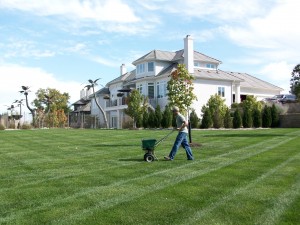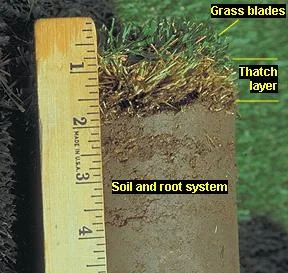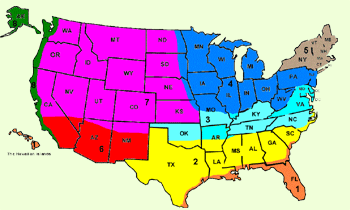Key Takeaways
Central Park insights:- Vast Landscape: Encompasses 843 acres with diverse amenities like softball fields, lakes, and a zoo.
- Extensive Flora: Home to 24,000 trees and extensive lawns, primarily Kentucky Blue Grass.
- Conservation Efforts: Maintained by the Central Park Conservancy with a $34 million annual budget.
I had the pleasure to check out and explore Central Park for the first time. In the heart of New York City lies ones of the largest and most spectacular city parks in the United States. The park consists of 843 acres which includes several softball fields, open meadows, bridges, carousels, lakes, ponds, zoo, etc. The park consists of 24,000 trees and 843 acres of land and water that is all maintained by the Central Park Conservancy. Central Park has a $34 million dollar annual budget and was established as a National Historical Landmark in 1962. The list could go on and on about this place and all I have to say is don't miss the opportunity to visit central park while in Manhattan. While at the park I had a unique opportunity to take a quick video to share what I had experienced in the short time I was able to explore. Since Central Park consists of 250 acres of lawn I found it appropriate to find out about some facts of the lawn by calling the Central Park Conservancy while I was was there. Although New York is on the east coast, they are also considered to be a cool climate region like Reno, NV. After talking with the staff from the Central Park Conservancy I found out that the parks lawns are predominantly Kentucky Blue Grass like we have in Reno due to their similar year round climate. According to a study in 2008, the park uses approximately 5.28 million gallons of water a year to water all the lawns in Central Park. If you have a chance to go to New York City, plan on spending a full relaxing day to explore this amazing area and don't rush to take in the amazing scenery and lakes this place has to offer.
[youtube]https://www.youtube.com/watch?v=JGvPye5cqUU[/youtube]






